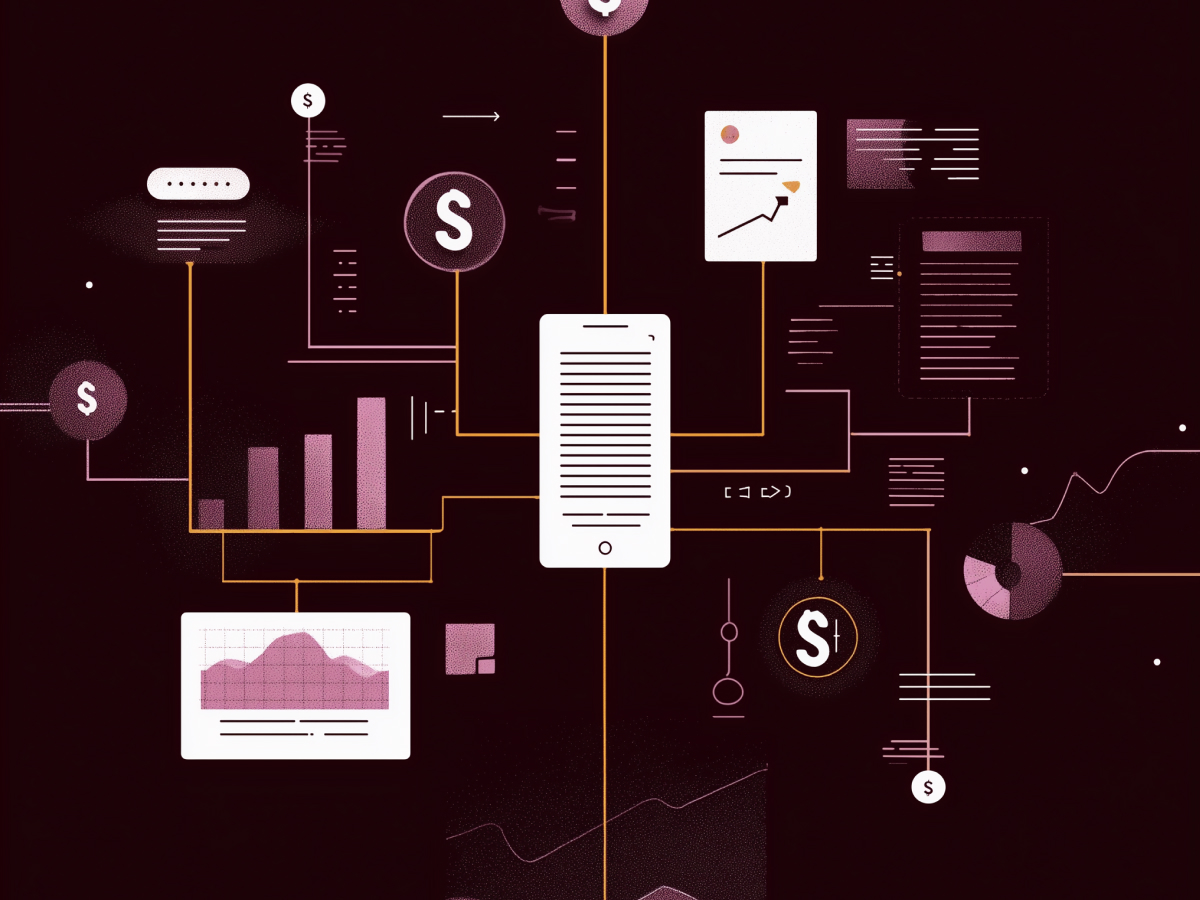Adapting to modern “vibe coding” with LLM tools
Large language models (LLMs) are no longer speculative technology. They’re here. They generate usable code fast, and they continuously improve. GitHub Copilot, Cursor, and Tabnine are leading this shift. These tools already write substantial portions of software for experienced developers. If your engineering teams aren’t seriously using them yet, they are behind.
Software development is moving away from manual code creation toward machine-assisted generation. You don’t need to replace your developers, you need to help them scale. “Vibe coding” is shorthand for working in tandem with LLMs. Think of it as real-time code generation that your team can guide, audit, and refine. The tools themselves aren’t perfect. The people using them must still know what they’re doing. But ignoring this shift isn’t strategy, it’s denial.
The basic requirement to stay competitive is changing. In today’s environment, your developers are either learning how to work with AI to get meaningful leverage, or they’re destined to fall behind. The article makes this point clear through experience: a traditionally complex JavaScript application was built in three weeks using LLMs. Without that assistance, it would have taken three months. This isn’t a small performance upgrade, it’s exponential scale.
For executives, the message is simple: don’t measure your teams by how fast they can type. Measure them by how fast they can ship reliable software. LLMs, if used well, are making that faster by 3x to 5x already. You don’t need everyone on board immediately. But you need a plan to scale early adopters across your organization. Otherwise, your competitors will ship faster, hire less, and solve problems long before your teams start ticketing them.
The future of software development is collaborative AI tooling. It’s already changing how code gets written. Align your engineering culture now, or risk making your teams irrelevant before the next product cycle closes.
Resistance to adopting new development tools often stems from adherence to outdated practices rather than valid concerns
Most resistance to AI-driven development tools doesn’t come from technical limitations. It comes from mindset. Whenever there’s a major shift in how work gets done, some people will dismiss it, pointing to imperfections or invoking craftsmanship as a defense. You’ve seen it before. You’ll see it again. But ignoring better tools because they’re not perfect has never been a good strategy.
Today, developers who reject LLM tooling are using the same playbook and expecting a different outcome. They often focus on edge cases or theoretical vulnerabilities rather than productivity, output, or time-to-market. Most of their objections don’t hold up under real-world usage. Security? You don’t have to ship every autocomplete suggestion. Code quality? That’s still a function of the developer reviewing, testing, and refactoring. The tools assist, they don’t replace judgment.
Culturally, this is about incentives inside your organization. If leadership encourages defensiveness over progress, then progress stalls. But if you put value on output, continuous learning, and adaptability, developers respond. And the tech follows. These tools are already good enough to expand your team’s capabilities, increase delivery speed, and reduce the time spent on repetitive tasks.
Every executive has seen legacy thinking cause execution drag. Whether it’s in design, operations, or engineering, holding on too tightly to past methods guarantees a slower product cycle. Getting your team aligned behind innovation requires addressing resistance openly, not avoiding it. LLMs don’t eliminate developers. But they expose the ones who can’t keep up.
Despite initial imperfections, vibe coding tools will ultimately increase productivity
No tool launches in its final form. Early versions of LLM-based coding assistants are inconsistent. They can mislabel functions, miss edge cases, or rewrite working code when they shouldn’t. These are real issues, but none of them justify ignoring their long-term potential. The capability gap between developers using AI tools well and those who aren’t using them at all is already too large to dismiss.
The article addresses this head-on: the first time you use these tools, your output will likely be poor. That’s not a weakness of the platform. It’s a learning curve, just like every other high-leverage system introduced in tech. JavaScript had issues. Java’s early IDEs were unstable. Developers adjusted. Those who didn’t, lost relevance. The same pattern is now unfolding with AI assistive coding.
If your teams are struggling with output, debugging, or productivity, these systems don’t replace the developer, they amplify them. But that only works if the developer commits to learning how to use the system properly. There is no shortcut here: engage with the model, verify results, and iterate. C-level leaders need to anticipate this ramp-up and build space for it. That’s what enables speed later.
According to the article, using an LLM to develop a complex JavaScript application reduced project time from three months to less than three weeks. That redefines project timelines entirely. Even a modest 2x speed increase at scale has a significant impact on operational cost, development cycles, and competitive differentiation.
Don’t delay adoption waiting for tools to mature. Build fluency now. The teams that get comfortable early will have a major advantage when the tools stabilize further and the productivity baseline shifts again. If your engineers are still coding everything manually in six months, you are operating under outdated assumptions about software delivery timelines. Time is the delta. The tools save it.
Active engagement with LLM tools is necessary
AI-assisted coding doesn’t work on autopilot. You can’t just prompt an LLM and expect enterprise-ready output. These tools give you leverage, but only if you understand how to guide, review, and correct them. They’re fast at producing code, but that speed can introduce issues if you’re not deliberate about how you manage the process.
The article makes this clear: using LLM tools effectively requires workflow discipline. Developers need to ask precise questions, maintain structured discussions with the model, and actively verify each output. That includes using version control to capture iterations, checking for regression errors, and reverting changes if a suggestion adds instability. None of this is passive, it’s a skillset.
Success with these tools also means rethinking how teams design solutions. The article recommends creating design specs with the LLM before writing code. That allows for clarity and better model adherence during implementation. It’s a foundational step that helps maintain output quality and consistency, especially when working on complex or iterative problems. This process does not reduce creativity, it channels it toward actual delivery.
Leadership should focus on structured enablement. Simply giving developers access to these tools isn’t enough. You need guidelines, onboarding workflows, and codified best practices. If you skip that step, two things happen: untrained developers misuse the tools, and experienced developers get frustrated by inefficiencies. Both outcomes reduce effectiveness.
There’s also a talent signal embedded here. Developers who learn how to coax the right results from an LLM will significantly outperform their peers. The market is already pricing that in. If you aren’t building internal competency now, you’ll be recruiting against companies that are, at a disadvantage.
The next wave of software velocity won’t come from expanding team headcount. It’ll come from amplifying your existing talent through smart use of AI. But amplification only works when the operator is skilled. If your teams aren’t receiving thoughtful direction on how to actually integrate these tools, time saved turns into time wasted. Take control of that learning curve before it defines your delivery timeline.
Key takeaways for decision-makers
- Adopt LLM tools now to stay competitive: AI-powered coding tools like GitHub Copilot and Cursor are already increasing output by 3x–5x. Leaders should ensure engineering teams are trained to use these tools effectively to accelerate delivery and maintain relevance.
- Challenge outdated mindsets that block progress: Resistance to new tools often stems from legacy thinking, not valid risk concerns. Executives should promote a culture of adaptability and incentivize continuous learning to eliminate slowdown from obsolete development practices.
- Embrace early inefficiency to access long-term gains: LLM tools may frustrate initially, but mastery leads to substantial speed and cost advantages. Leaders should allocate time and support for skill development to unlock lasting productivity improvements.
- Drive disciplined, active engagement with AI tools: Productivity gains come only when developers use LLMs purposefully, with structure and verification. Organizations should invest in clear usage workflows, tool training, and internal best practices to scale AI benefits across teams.





